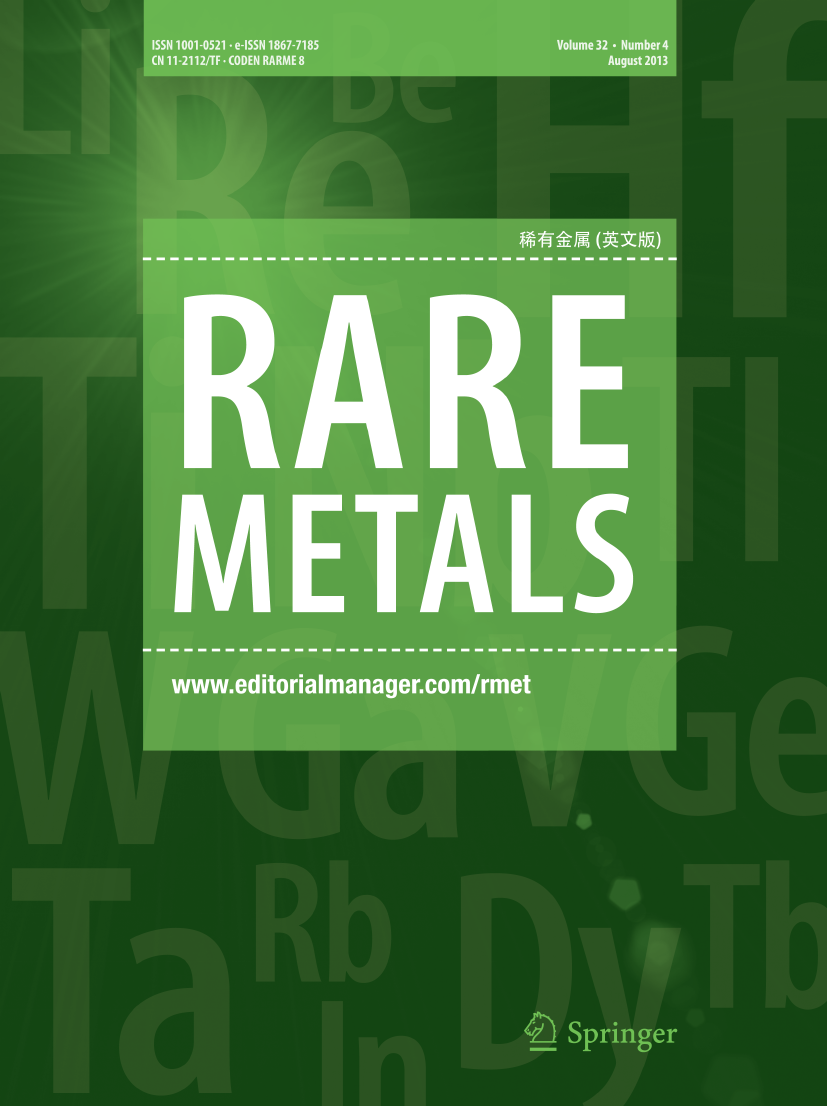Engineering 4f-2p-3d orbital hybridization on cerium-doped nickel–molybdenum phosphates for energy-saving hydrogen evolution
Abstract
Construction of elaborate configuration to enhance the intrinsic activity of NiMo-based catalyst candidates holds promise for accelerating the hydrogen evolution reaction (HER) kinetics. Herein, a novel cerium-doped NiMo phosphate (labeled as Ce-NiMo(PO4)0.66) is designed and fabricated via a facile hydrothermal and phosphatization method. A comprehensive characterization reveals that the introduction of the rare metal element cerium with an enriched 4f electronic distribution near the Fermi level modulates the hybridization of the 3d-2p orbitals and optimizes the electronic structure of the NiMo-based phosphate catalysts, which leads to the synergy between the nickel–molybdenum dual sites and the phosphate active unit to synchronously enhance the water dissociation and proton dehydrogenation transfer of the HER process. Consequently, Ce-NiMo(PO4)0.66 exhibits excellent alkaline HER performance with overpotentials at 10 and 500 mA·cm−2 current densities being only 40 and 295 mV, respectively, and desirable long-term durability at industrial current densities of 500 mA·cm−2. An overall hydrazine splitting (OHzS) constructed with Ce-NiMo(PO4)0.66 as a hydrazine oxidation reaction (HzOR) and HER bifunctional electrocatalyst has been constructed to achieve industrial current densities at the low voltage of 0.92 V, verifying its practical feasibility for sustainable hydrogen production and degradation of hydrazine pollutants. This work highlights that regulating the 3d-2p hybridization state through the inducing 4f orbital electronic state is a feasible means for enhancing the HER activity of transition metal compound catalysts.
Graphical abstract

 求助内容:
求助内容: 应助结果提醒方式:
应助结果提醒方式:


